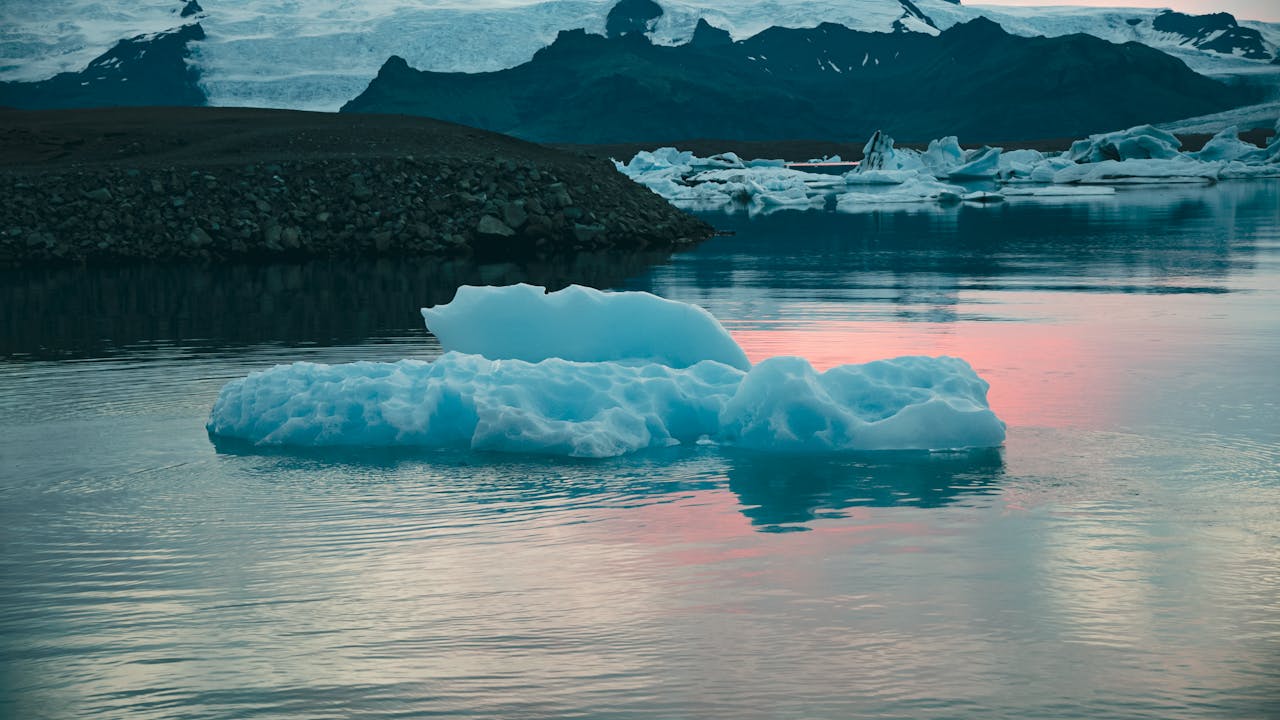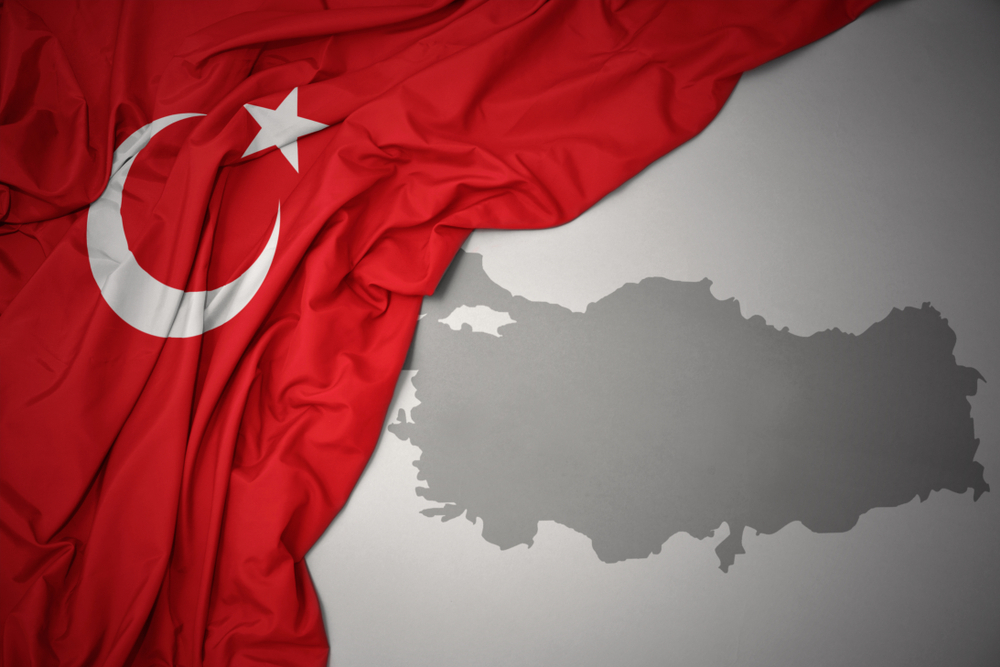Arctic surfing is an adrenaline-fueled adventure that takes wave riders to the icy waters of the far north, where rugged coastlines, towering icebergs, and bone-chilling temperatures set the stage for an unforgettable surfing experience. In this comprehensive guide, we’ll explore the history, techniques, equipment essentials, safety considerations, destinations, and exhilarating experiences that await those who dare to paddle out into the icy waters of the Arctic.
History of Arctic Surfing:
While surfing is often associated with tropical beaches and warm climates, the sport has found its way to some of the most remote and inhospitable regions on Earth, including the Arctic. The history of Arctic surfing is relatively recent, with surfers in search of new challenges and uncharted waves venturing into the icy waters of northern latitudes in search of adventure. In recent years, advances in wetsuit technology, cold-water gear, and surf forecasting have made Arctic surfing more accessible to adventurous wave riders, leading to a growing community of surfers exploring the frozen coastlines of the far north.
Techniques of Arctic Surfing:
Arctic surfing requires a unique set of skills and techniques to navigate the icy waters and unpredictable conditions of the Arctic Ocean. Surfing in cold water presents its own set of challenges, including frigid temperatures, strong currents, and icy hazards such as floating icebergs and sea ice. Surfers must be skilled in paddling through icy waters, negotiating turbulent surf breaks, and maintaining balance and control on their boards in challenging conditions. Proper cold-water surfing attire, including thick wetsuits, gloves, booties, and hoods, is essential for staying warm and comfortable in sub-zero temperatures, while specialized equipment such as surfboards designed for cold-water conditions and safety gear such as emergency flotation devices and communication devices are crucial for staying safe in remote and challenging environments.
Equipment Essentials:
Success in Arctic surfing depends on having the right equipment to withstand the extreme conditions of the far north. Essential gear includes a high-quality wetsuit designed for cold-water surfing, with thick neoprene insulation, sealed seams, and built-in hood and gloves to provide maximum warmth and protection from the elements. Booties with thick soles and gloves with textured grips help surfers maintain traction and dexterity on their boards in icy conditions, while a hood or neoprene cap helps prevent heat loss from the head and ears. Surfboards for Arctic surfing are typically shorter and wider than traditional surfboards, with increased buoyancy and stability to help surfers paddle through choppy water and catch waves in turbulent conditions. Other essential gear includes a leash to keep the board attached to the surfer, a surf wax for added grip, and a waterproof bag or drysuit for storing personal belongings and electronic devices.
Safety Considerations:
Safety is paramount in Arctic surfing, as surfers must contend with extreme cold, unpredictable weather, and remote and hazardous environments. Before venturing out into the icy waters of the Arctic, surfers should assess their skills, experience, and comfort level in cold-water conditions, and be prepared to adapt to changing weather and surf conditions. It’s essential to monitor weather forecasts, surf reports, and local conditions before heading out, and to surf with a buddy or in a group whenever possible for added safety and support. Surfers should also be aware of the risks associated with hypothermia, cold-water shock, and frostbite, and know how to recognize and respond to signs of cold-related injuries and emergencies. Additionally, surfers should be familiar with local regulations, wildlife hazards, and emergency procedures in case of accidents or incidents while surfing in remote and isolated areas.
Destinations for Arctic Surfing:
Arctic surfing can be enjoyed in a variety of destinations around the world, each offering its own unique blend of landscapes, wildlife, and surfing experiences. Iceland is a popular destination for Arctic surfing, with its rugged coastline, volcanic black sand beaches, and powerful Atlantic swells attracting surfers from around the world. The Lofoten Islands in Norway offer pristine waves, dramatic fjords, and stunning mountain scenery, while the Kamchatka Peninsula in Russia is known for its remote and uncrowded surf breaks, surrounded by snow-capped peaks and active volcanoes. Other popular destinations include Alaska, Canada’s Arctic coast, Greenland, and the Faroe Islands, each offering a chance to experience the thrill of surfing in the icy waters of the far north.
Unforgettable Experiences:
Arctic surfing offers wave riders a chance to experience the raw beauty and untamed wilderness of the far north in a way that few others ever will. Paddling out into the icy waters of the Arctic, surrounded by towering mountains, ancient glaciers, and floating icebergs, is a surreal and awe-inspiring experience that few will ever forget. Catching waves in sub-zero temperatures, with snow-capped peaks on the horizon and the sound of ice cracking in the distance, is a thrilling and exhilarating adventure that pushes surfers to their limits and rewards them with moments of pure adrenaline and stoke. As surfers return to shore, their hearts pounding and their spirits soaring, they carry with them memories of an epic surf session in one of the most remote and pristine wilderness areas on Earth, and a newfound appreciation for the power and beauty of the Arctic Ocean.




